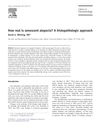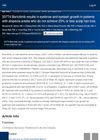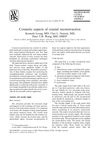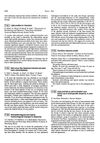Microarray Analysis of Androgenetic and Senescent Alopecia: Comparison of Gene Expression Shows Two Distinct Profiles
July 2013
in “
Journal of Dermatological Science
”
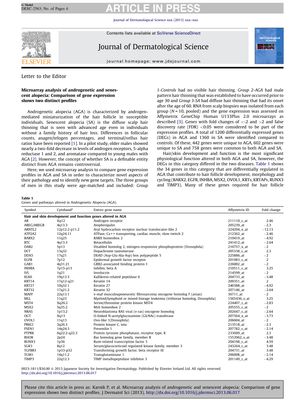
TLDR The conclusion is that androgenetic alopecia and senescent alopecia have unique gene changes, suggesting different causes and potential treatments for these hair loss types.
The study analyzed gene expression in androgenetic alopecia (AGA) and senescent alopecia (SA) by examining scalp biopsies from three groups of age-matched men: controls, AGA patients, and SA patients, with 10 individuals in each group. A total of 1200 differentially expressed genes (DEGs) were identified in AGA and 1360 in SA when compared to controls. The study found that AGA was characterized by a significant underexpression of genes related to hair follicle homeostasis and an upregulation of the Androgen Receptor (AR), while SA was associated with changes in genes involved in skin and epidermal development, keratinocyte proliferation, differentiation, and cell cycle regulation. Notch signaling was notably altered in AGA, and Neuregulin signaling in SA. The findings, supported by NIH grants, suggest that AGA and SA are distinct hair loss disorders with unique gene expression profiles, indicating that non-androgen pathways play a role in hair loss, and provide new potential targets for treatment.

